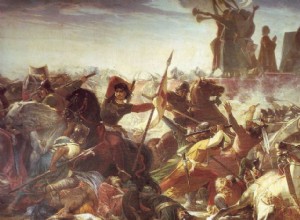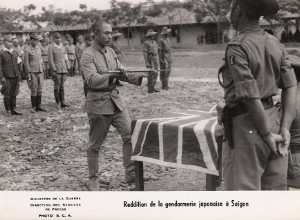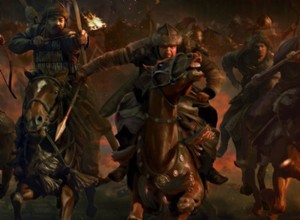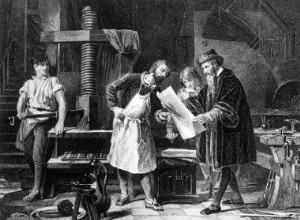As with many other European countries, Italy was not a unified state until the mid-19th century. Until then it was a mosaic of kingdoms and republics that, as we go back in time, was made up of more and more loose tiles, something especially serious not because of the separation itself but because




